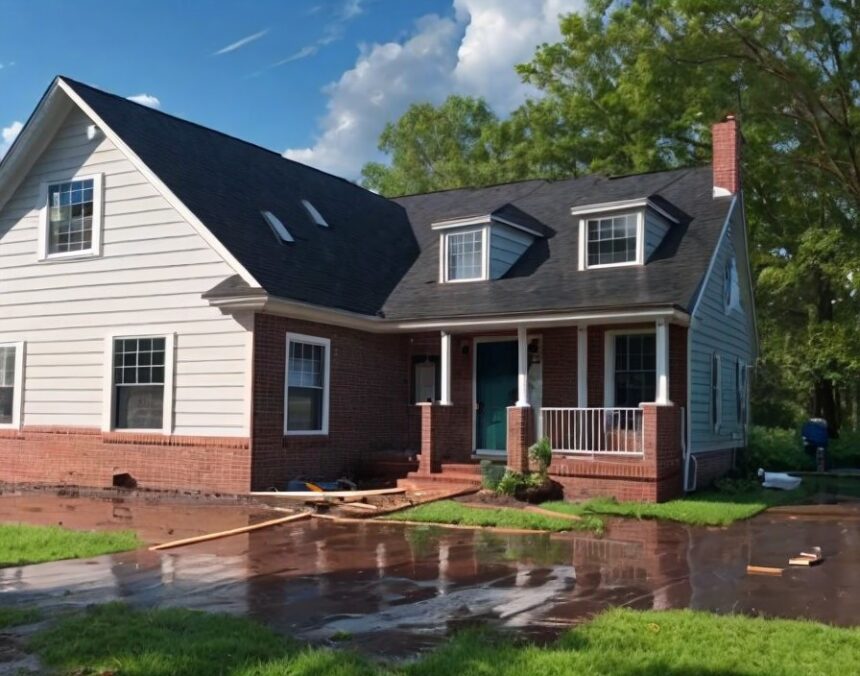Storm restoration projects are critical initiatives undertaken to repair and rebuild infrastructure damaged by severe weather events, such as hurricanes, tornadoes, floods, and ice storms. These projects are vital for restoring essential services and ensuring the safety and well-being of affected communities. The complexity and scope of storm restoration efforts can vary widely, depending on the extent of the damage and the types of infrastructure impacted. Here’s an overview of the process and challenges involved in storm restoration projects.
Assessment and Planning Phase: – The first step following a storm is to assess the extent of the damage. This involves emergency response teams, engineers, and utility workers inspecting the affected areas to identify the most critical restoration needs and prioritize efforts. – Detailed planning is essential to allocate resources effectively, including manpower, equipment, and materials. For widespread disasters, this may also involve coordinating with federal, state, and local agencies to ensure a unified response.
Restoration of Essential Services:- Restoring power is usually the top priority, as electricity is necessary for other restoration activities and for returning normalcy to communities. This involves repairing or replacing damaged power lines, poles, transformers, and substations. – Water and sewage treatment facilities are also critical, ensuring residents have access to clean water and sanitary conditions are maintained to prevent health crises.
Infrastructure Repair and Rebuilding: – Transportation infrastructure, including roads, bridges, and public transit systems, often requires significant repairs to enable mobility and support recovery efforts. – Public buildings such as schools, hospitals, and government offices need to be quickly assessed and repaired to resume essential services. – Residential and commercial property repairs are also a significant part of storm restoration. This includes roofing repairs, structural stability assessments, and interior refurbishments.
Challenges and Considerations: – Safety is a paramount concern in storm restoration projects, with risks from downed power lines, unstable structures, and potential gas leaks. – Timeliness is crucial to minimize the disruption to people’s lives and the economy. However, the scale of damage can sometimes lead to prolonged restoration efforts. – Funding and insurance claims are complex issues, as the cost of restoration can be substantial, and navigating insurance claims can be challenging for property owners. – Environmental considerations, such as disposing of debris in an ecologically responsible manner and protecting local wildlife habitats, must be integrated into the restoration process.
Innovations and Improvements: – Technological advancements, such as drones for damage assessment and sophisticated logistics software, are improving the efficiency of restoration efforts. – Pre-emptive measures, including strengthening infrastructure and implementing more rigorous building codes, are increasingly recognized as crucial to mitigating future storm impacts. Storm restoration projects are not only about repairing physical damage but also about supporting communities in recovery, ensuring resilience, and preparing for the inevitabilities of future weather events. Through collaborative efforts, careful planning, and innovative approaches, the impacts of severe weather can be mitigated, providing both immediate relief and long-term preparedness.
